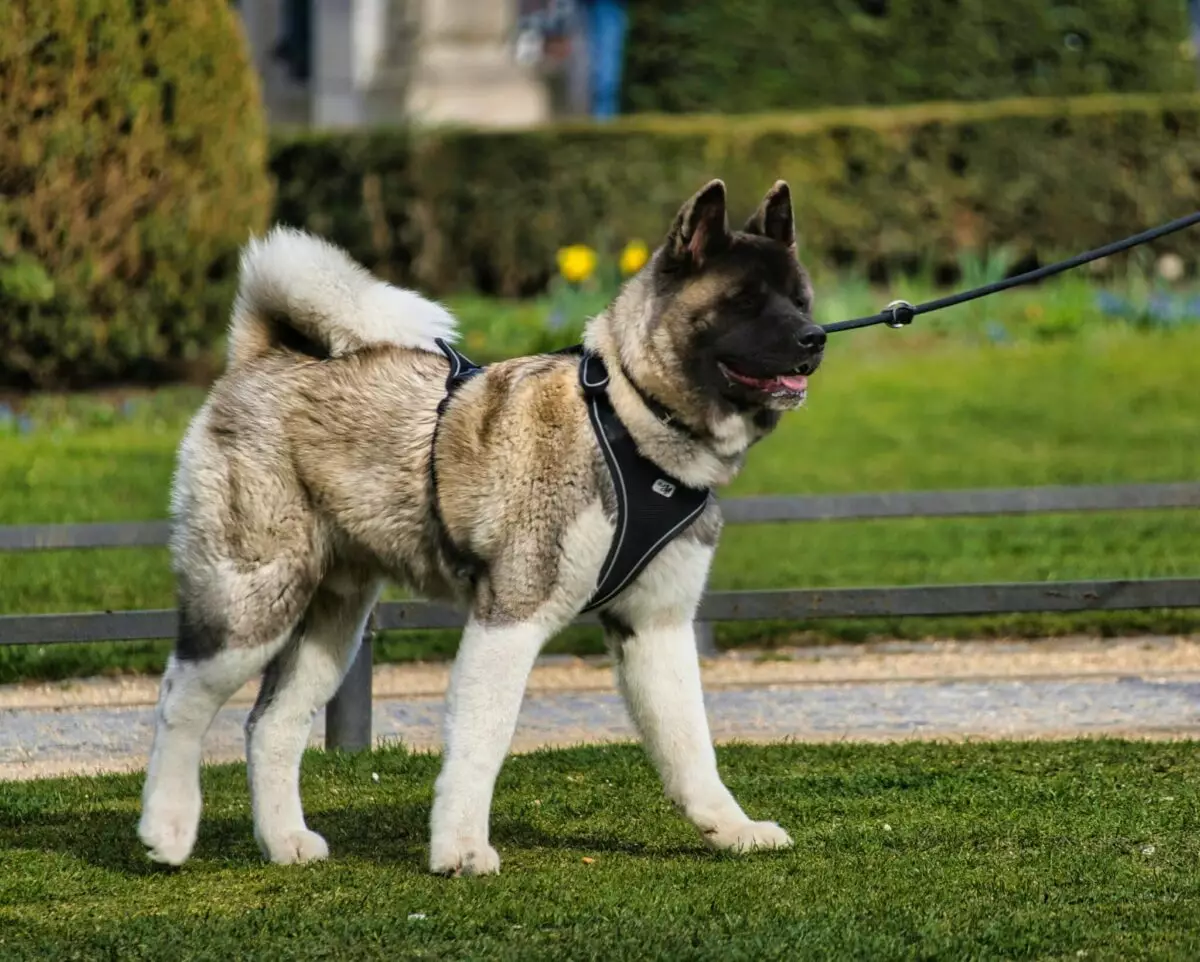Just like humans, dogs experience a wide range of emotions. A happy dog is not just a product of good fortune; rather, it reflects a profound bond shared between the dog and owner. Dogs communicate their feelings through various methods, such as body language, engagement with their surroundings, and interaction with people and other animals. This article aims to delve deeper into the signs of happiness in dogs, offering insights that can help you nurture your relationship and enhance your furry friend’s well-being. Identifying these joyful indicators helps ensure your dog receives the love, care, and attention they deserve.
One of the most telling signs of a happy dog is relaxed body language. A dog that feels comfortable will exhibit loose muscles and a calm posture. When your dog rests with its head and tail held naturally, and its body shows no signs of tension, there is a high likelihood it is at ease and content. For instance, if your dog sprawls out on the floor or rolls over in a playful manner, they are demonstrating trust and happiness. Conversely, signs of stiffness or a tucked tail may indicate discomfort or anxiety. Observing the subtleties in body posture is essential for assessing your dog’s emotional state.
Tail wagging is often synonymous with canine happiness, but it’s important to understand that not every wag is indicative of joy. An enthusiastic, high-speed wag typically signals excitement, while a lower, slower wag is more representative of calm contentment. When a dog wags its tail using its whole body, it’s usually an indication of pure joy. Research has even suggested that dogs tend to wag their tails more to the right side when feeling positive emotions. Hence, being able to differentiate the nuances in tail movements is crucial for understanding your dog’s mood.
Playful behavior is another quintessential sign of a happy dog. Eager participation in games, playful barks, or engaging in a game of fetch are strong indications that your dog is both mentally and physically stimulated. Action often includes exaggerated movements, and the “play bow,” where a dog lowers its front legs while raising its hindquarters, is a classic invitation to engage in fun. Such behaviors not only reflect joy but also facilitate bonding between the dog and its owner, making playtime an essential part of maintaining a healthy relationship.
A well-adjusted dog typically displays a healthy appetite. If your dog eagerly approaches meal times, finishes their food, and seems excited to eat, it indicates emotional stability and happiness. Any changes in eating habits, such as disinterest in food or sudden loss of appetite, could serve as warning signs of stress or illness that require immediate attention. Therefore, keeping a close watch on your dog’s eating behavior is a good practice for gauging their emotional well-being and overall health.
Sleep is vital not only for humans but also for dogs. A happy dog often has a consistent and healthy sleep routine. If your dog is well-rested, waking up refreshed and showing energy throughout the day, it’s a clear indicator of emotional contentment. Dogs that sleep comfortably in various relaxed positions, whether curled up or stretched out, are displays of security. On the contrary, behaviors such as restless sleep or frequent waking might point towards stress or anxiety. Understanding these resting patterns can provide a window into your dog’s mental state.
A dog’s facial expressions can reveal much about their emotional state. Bright, alert eyes paired with perky ears typically suggest a happy and engaged dog. When dogs appear soft-eyed and relaxed in their expression, it indicates that they are comfortable. In contrast, squinting or tense facial features may point to discomfort or unease. Observing these subtle cues can provide valuable information about your dog’s happiness and emotional health.
Happy dogs often enjoy being in close proximity to their owners. If your dog leans against you, cuddles up on the couch, or gently nudges for attention, it indicates a strong bond and levels of comfort that are essential for a healthy relationship. Dogs that appear standoffish may be experiencing stress or discomfort, so noticing changes in their desire for closeness is crucial. Physical interactions solidify the emotional bond, making it vital to nurture this aspect of your relationship.
A happy dog is one who demonstrates curiosity and a desire to explore. Whether it’s the new smells in the yard or engaging with different toys, a dog that actively investigates its surroundings is likely in a positive emotional state. Such behavior showcases mental stimulation—an essential part of a dog’s happiness. A curious disposition typically reflects comfort and confidence, while signs of fear or reluctance to explore suggest emotional distress.
Recognizing the signs of a happy dog is a vital skill for any pet owner. By observing relaxed body language, playful behaviors, and an overall engaged spirit, you can ensure your dog is thriving, both emotionally and physically. Your dog’s happiness depends on the love and understanding you provide. By nurturing this relationship, you not only enhance your dog’s quality of life but also create a lasting bond that contributes to companionship and joy for years to come. Understanding these signs is a gateway to fostering a fulfilled, happy life for your beloved canine.

